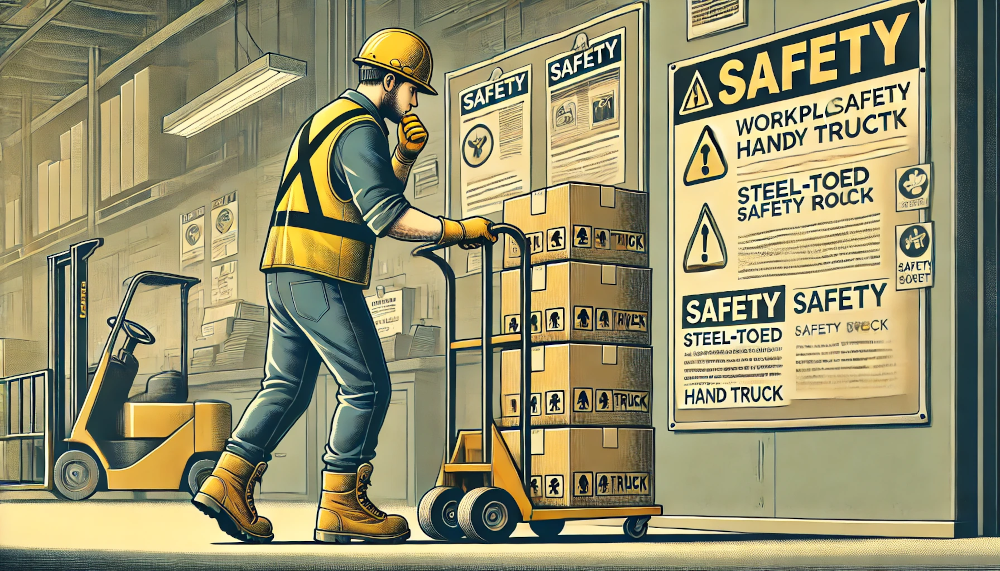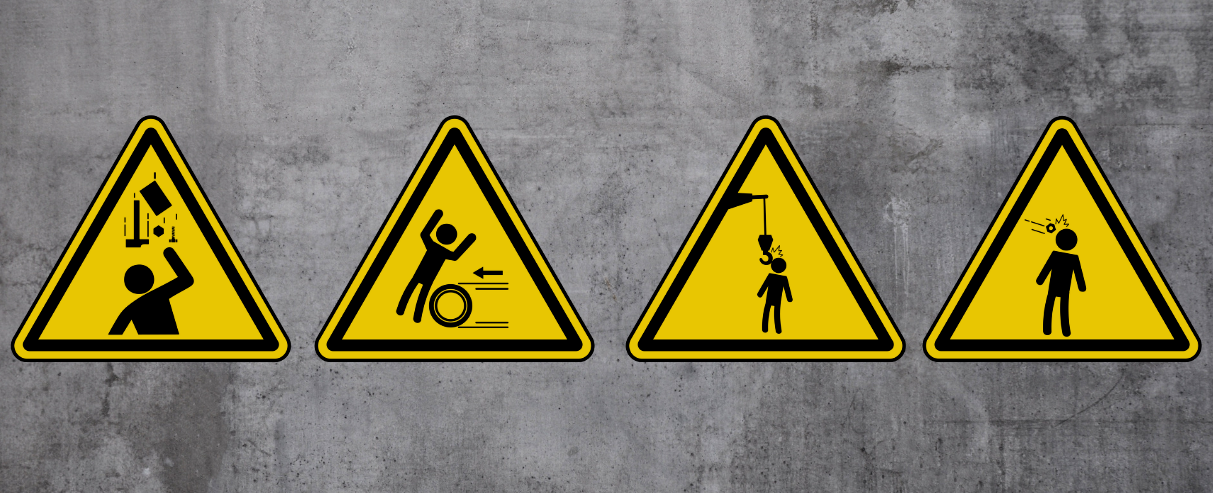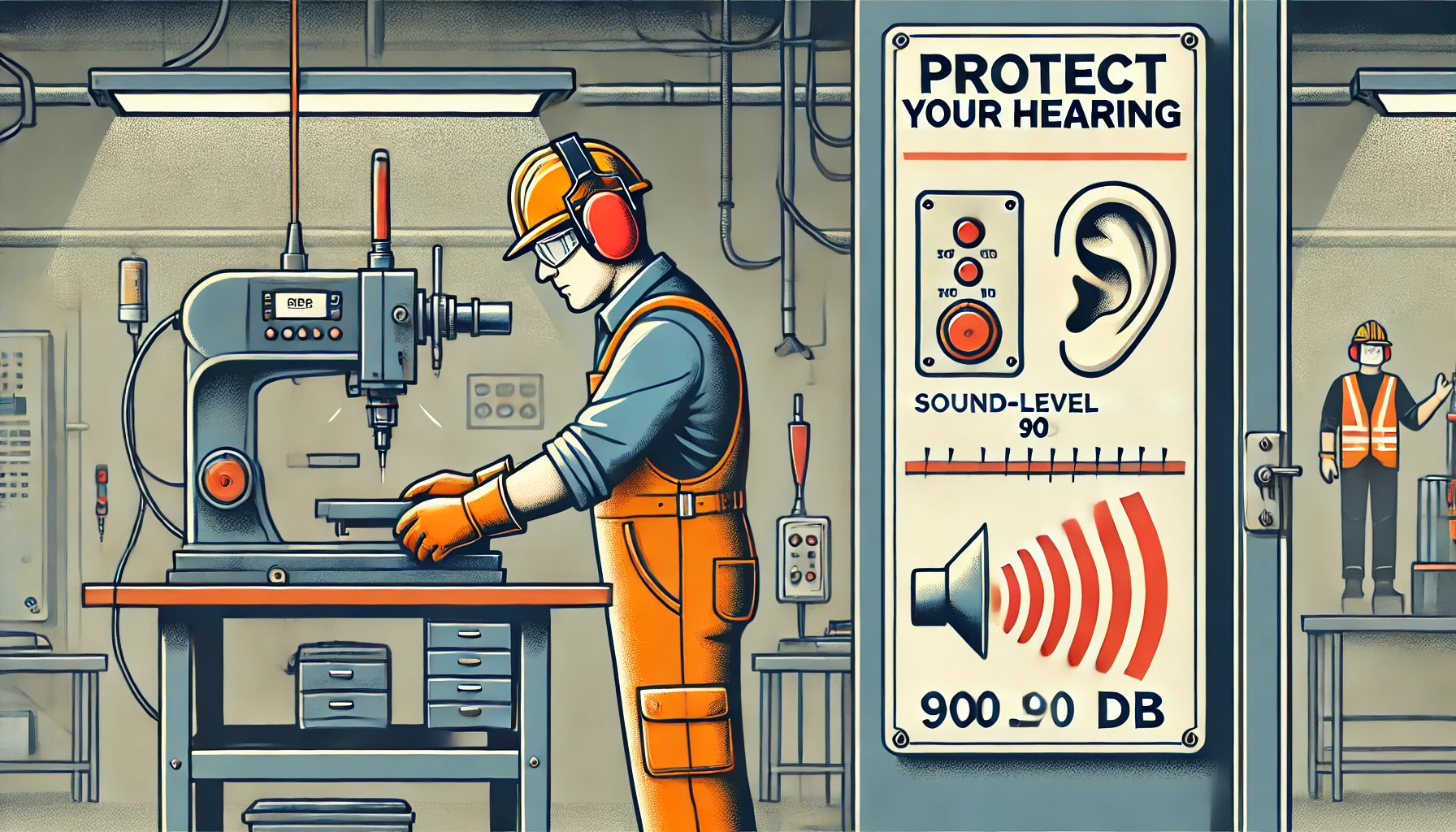Ah, the hand truck. Two wheels, one simple purpose, and the potential to save your back—or send you to the ER. This isn’t just a tool; it’s a partner in productivity, a workhorse of industry. But like any relationship, mishandling it can lead to disaster.
Used correctly, a hand truck is a life-saver. Used recklessly, it’s a two-wheeled menace capable of pinching fingers, straining backs, and turning toes into human pancakes. Let’s break down the art and science of hand truck safety to keep your workday smooth and your body intact.
Load It Right: The Physics of Safe Stacking
Think loading a hand truck is a no-brainer? Think again. There’s a science—and an art—to getting it right. Here’s how to master the load:
- Lift Smarter, Not Harder. Forget brute force. When you’re loading a hand truck, it’s all about technique. Bend your knees, keep your back straight, and let those leg muscles do the work. Picture yourself auditioning for the safest lifting tutorial on YouTube.
- Start Low and Go Slow. Place the heaviest items at the bottom of the stack. Why? Because gravity’s a thing. A low center of gravity means more stability, less wobbling, and fewer moments of panic as the load starts to teeter.
- Strap It Down Like a Pro. Even the best stack can come crashing down if it’s not secured. Use straps, belts, or bungee cords to lock the load in place. Pro tip: Always check for wear and tear on straps before trusting them with your day’s success.
- Never Stack to the Sky. Towering loads might look impressive, but they’re a recipe for disaster. Always ensure you have a clear line of sight over or around the load. If you can’t see where you’re going, you might as well be driving blindfolded.
Push, Don’t Pull: The Cardinal Rule of Hand Trucks
This one’s non-negotiable. Pushing a hand truck is safer, easier, and better for your body. Still not convinced? Here’s the breakdown:
- The Science of Pushing. When you push, you engage stronger muscles—your legs and core. Pulling shifts the strain to your back and shoulders, which are less equipped for heavy loads. Over time, that’s a fast track to strain city.
- Finding the Sweet Spot. Tilt the hand truck back just enough to balance the load on the wheels. Too much tilt, and you’re carrying the weight on your back. Too little, and the load’s liable to tip forward. Find that Goldilocks angle where everything feels “just right.”
- The Forward March. Never walk backward with a hand truck unless you’re auditioning for a slapstick comedy show. Forward motion is safer and gives you better control over the load.
Eyes on the Prize: Navigating Your Environment
Your hand truck may be ready for action, but is the world ready for you? Navigating a workspace safely is half the battle. Here’s how to win:
- Scan Your Route. Before you move an inch, take stock of your surroundings. Look out for uneven floors, loose cords, or low-hanging obstacles that could turn your smooth ride into a bumpy disaster.
- Communicate. In tight spaces or busy areas, make sure others know you’re coming. A quick “coming through” can prevent collisions with coworkers who didn’t get the memo.
- Mind the Doors and Corners. Maneuvering through doorways or around sharp corners? Take it slow. Rushing increases your risk of losing control—or worse, smashing into something.
Protecting Your Most Valuable Assets: You
No matter how much you love your job, you’re not indestructible. Fortunately, a few precautions can keep you safe while using a hand truck:
- Glove It Up. Your hands are the MVPs of the operation, but they’re also at risk for pinches and scrapes. Wearing gloves adds a layer of protection and improves your grip.
- Think Toe-Tally. Ever had a hand truck wheel roll over your foot? It’s a pain you’ll never forget. Steel-toed boots are a great investment, especially in environments where heavy loads are part of the daily grind.
- Respect Your Back. Strains are sneaky. One minute, you’re fine; the next, you’re Googling “best stretches for lower back pain.” Always push instead of pulling, and remember: if the load feels too heavy, don’t tough it out—ask for help or split the load into smaller trips.
Common Pitfalls and How to Avoid Them
Even the best hand truck users can slip up. Here are some common mistakes—and how to avoid them:
- Overloading the Truck. Don’t turn your hand truck into a circus act. Overloading increases the risk of tipping, strain, and accidents. Know your truck’s weight capacity, and stick to it.
- Ignoring Maintenance. Hand trucks are sturdy, but they’re not invincible. Check the wheels, frame, and straps regularly for wear and tear. A broken strap or a wobbly wheel can ruin your day in seconds.
- Rushing the Job. Whether you’re up against a deadline or just trying to finish early, rushing leads to mistakes. Slow and steady may not win races, but it keeps you injury-free.
The Bottom Line
Hand trucks might not be the flashiest tools in the workplace, but they’re indispensable when used right. With a little care, a dash of planning, and a commitment to safety, you can move mountains—well, maybe just heavy boxes—without breaking a sweat or a bone.
So next time you grab that trusty two-wheeler, remember: it’s not just a tool; it’s your ticket to a safer, smoother workday. Load up, strap down, and roll out with confidence—you’ve got this.




